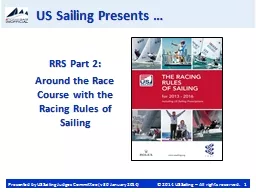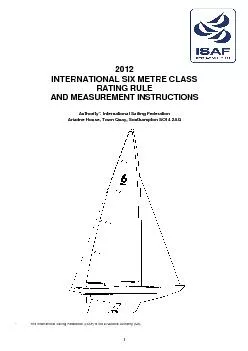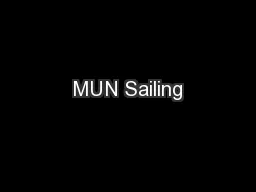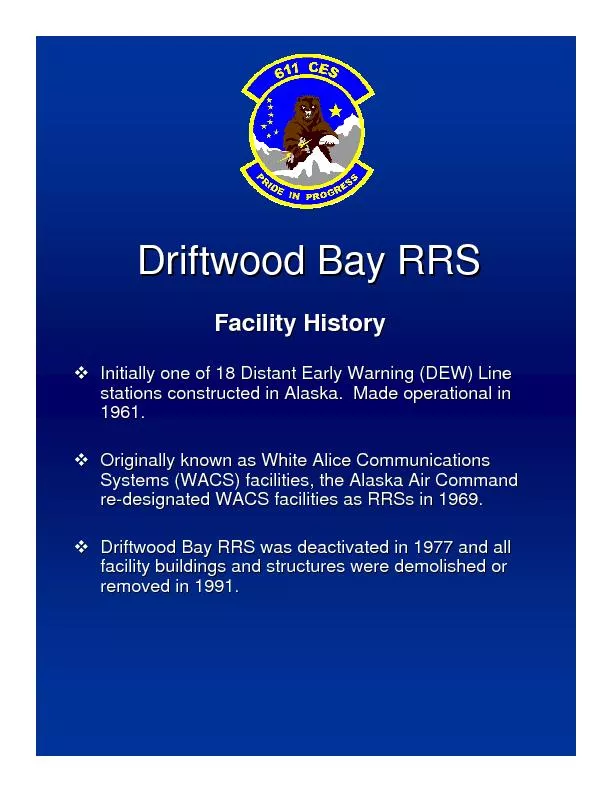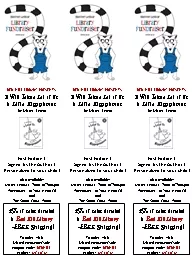PPT-US Sailing Presents … RRS Part 2:
Author : min-jolicoeur | Published Date : 2018-12-19
Around the Race Course with the Racing Rules of Sailing Key Definitions Keep Clear A boat keeps clear of another if the other can sail her course with no need
Presentation Embed Code
Download Presentation
Download Presentation The PPT/PDF document "US Sailing Presents … RRS Part 2:" is the property of its rightful owner. Permission is granted to download and print the materials on this website for personal, non-commercial use only, and to display it on your personal computer provided you do not modify the materials and that you retain all copyright notices contained in the materials. By downloading content from our website, you accept the terms of this agreement.
US Sailing Presents … RRS Part 2:: Transcript
Download Rules Of Document
"US Sailing Presents … RRS Part 2:"The content belongs to its owner. You may download and print it for personal use, without modification, and keep all copyright notices. By downloading, you agree to these terms.
Related Documents

